Electromagnetic flowmeters are commonly used for measuring the flow of conductive liquids in various industries, including water treatment, chemical processing, and food and beverage production. These devices work on the principle of Faraday’s Law of Electromagnetic Induction, which states that a voltage is induced when a conductive liquid passes through a magnetic field. The induced voltage is proportional to the flow rate, allowing the flowmeter to accurately measure fluid velocity.
However, selecting the right electromagnetic flowmeter requires careful consideration of several factors, from the properties of the fluid being measured to the environmental conditions where the meter will be installed. Below, we explore in more detail the key aspects to consider when ordering an electromagnetic flowmeter.
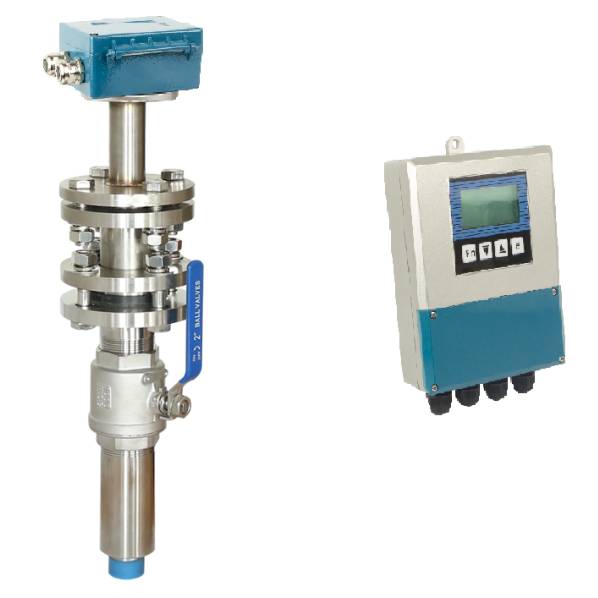
1. Characteristics of the Measured Fluid
Before choosing an electromagnetic flowmeter, it is essential to understand the properties of the fluid being measured. These properties will guide the selection of materials, as well as the design and configuration of the flowmeter.
a. Conductivity
Electromagnetic flowmeters only work with conductive liquids. The conductivity of the fluid must be above a certain threshold, typically 5 µS/cm. For water, this is usually not a problem, but for liquids like oils or gases, additional considerations may be necessary. Ensure that the fluid being measured has sufficient conductivity for the flowmeter to operate effectively.
b. Fluid Type
The type of fluid being measured plays a significant role in choosing the right flowmeter. Key considerations include:
- Corrosiveness: If the fluid is highly acidic or basic, special materials for electrodes and liners, such as Hastelloy or Teflon, may be required.
- Abrasiveness: Slurries, suspended solids, and other abrasive fluids can wear down the flowmeter’s components, requiring tougher materials like polyurethane or ceramic linings.
- Viscosity: High-viscosity fluids may require a larger pipe diameter or a specialized flowmeter design to avoid flow disturbances.
c. Temperature and Pressure
The flowmeter must be designed to handle the expected temperature and pressure of the fluid. High temperatures may require heat-resistant materials, while high-pressure systems necessitate pressure-rated components. Be sure to specify the maximum temperature and pressure conditions in the application.
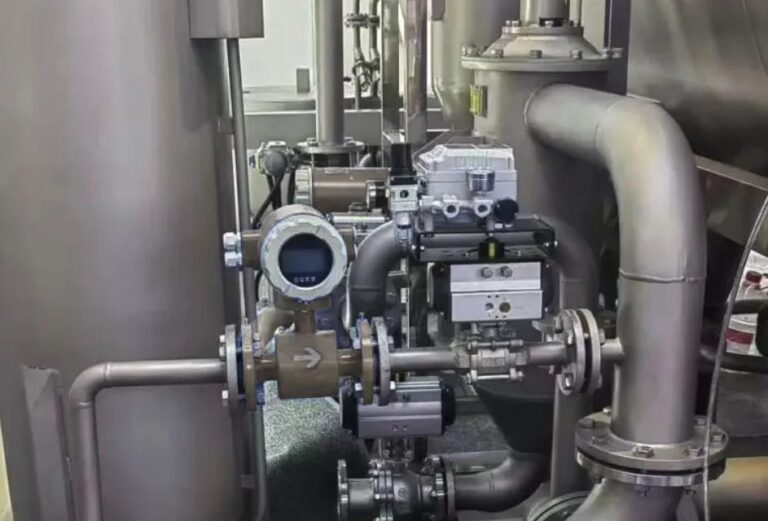
2. Flow Range and Pipe Diameter
The accuracy and functionality of an electromagnetic flowmeter depend on selecting the appropriate flow range and pipe diameter.
a. Flow Range
Choosing the correct flow range is crucial for optimal measurement. If the meter is too large for the flow rate, the signal may be too weak to measure accurately. Conversely, if the flowmeter is too small for high flow rates, it may saturate and fail to provide reliable measurements. It’s important to select a flowmeter with a range that encompasses the expected flow in the system.
b. Pipe Diameter
The diameter of the pipe where the flowmeter will be installed is equally important. Electromagnetic flowmeters are designed to work with specific pipe diameters, and using a meter with a mismatch can lead to inaccuracies. Flowmeters come in a variety of sizes, from small (DN3) to large (DN3000), so it’s important to select a size that matches the pipeline.
3. Liner Material Selection
The liner material plays a significant role in the durability and performance of the flowmeter, particularly when measuring aggressive fluids.
a. Rubber Lining
Rubber is one of the most commonly used liner materials. It is durable, flexible, and cost-effective, making it ideal for applications involving wastewater, sewage, or non-corrosive liquids. However, it may not be suitable for highly corrosive or high-temperature fluids.
b. PTFE (Polytetrafluoroethylene) Lining
PTFE is a highly corrosion-resistant material, making it ideal for measuring aggressive chemicals or solvents. It can withstand extreme chemical environments and high temperatures, making it perfect for industries such as pharmaceuticals and chemicals.
c. Polyurethane Lining
Polyurethane liners are chosen for their exceptional wear resistance, making them ideal for fluids that are abrasive, such as slurries and mineral pulp. They offer a longer service life in harsh conditions but may not be as resistant to chemicals as PTFE.
d. Ceramic Lining
Ceramic liners are known for their superior abrasion resistance. They are used in applications where the fluid contains solid particles that could otherwise wear down the flowmeter’s liner. Ceramic-lined flowmeters are commonly used in mining and mineral processing industries.
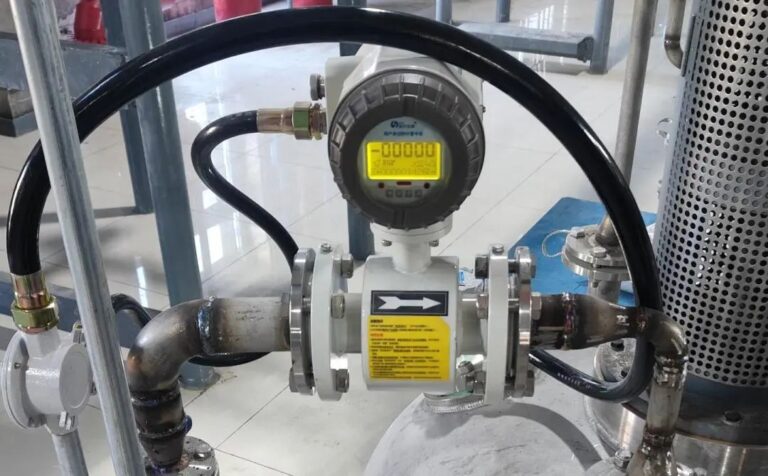
4. Electrode Material Selection
The electrodes in an electromagnetic flowmeter are exposed to the measured fluid, so selecting the appropriate electrode material is critical for maintaining accuracy and extending the lifespan of the meter.
a. Stainless Steel (316L)
Stainless steel is commonly used for general-purpose flow measurement in non-corrosive applications. It is cost-effective, durable, and suitable for many industrial applications.
b. Hastelloy
Hastelloy is highly resistant to corrosion, especially in extreme chemical environments. It is ideal for aggressive acids, solvents, and high-temperature fluids.
c. Titanium
Titanium is used in applications where fluids contain chlorides or other corrosive materials. It is highly resistant to pitting and crevice corrosion.
d. Tantalum
Tantalum is one of the most corrosion-resistant materials available, making it suitable for highly corrosive liquids such as concentrated acids. It is ideal for applications in the chemical and petrochemical industries.
5. Connection Type
Electromagnetic flowmeters can be connected to pipelines in various ways, depending on the installation requirements.
a. Flanged Connection
Flanged connections are the most common, particularly for larger pipelines. They offer a secure and robust connection, which is essential for high-pressure and high-flow applications.
b. Insertion Type
Insertion-type electromagnetic flowmeters are designed for use in large-diameter pipelines. The sensor is inserted directly into the pipe, allowing for easier installation and maintenance.
c. Threaded Connection
Threaded flowmeters are suitable for smaller pipelines, offering a compact and easy-to-install option for low-flow applications.
d. Sanitary (Hygienic) Type
Sanitary flowmeters are designed for applications in food, beverage, and pharmaceutical industries where hygiene standards are stringent. These meters have smooth surfaces and are easy to clean.
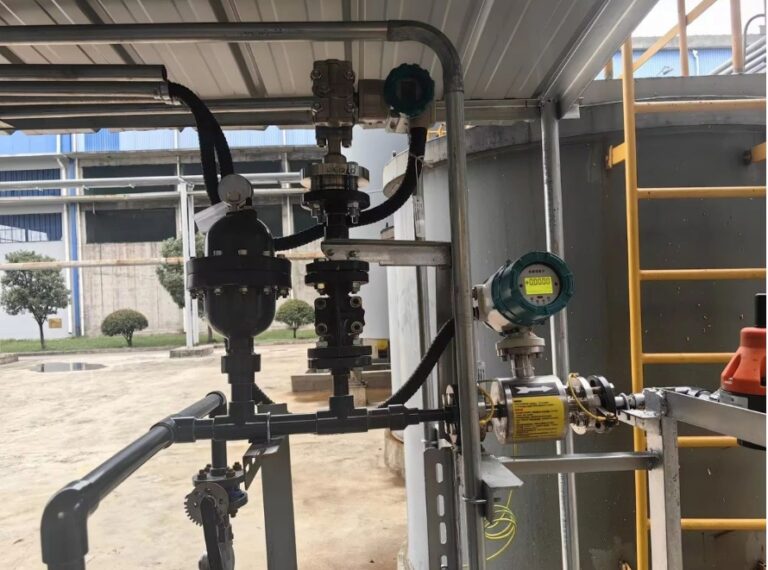
6. Environmental Considerations
The installation environment can have a significant impact on the performance and longevity of the flowmeter. Be sure to consider the following:
a. Temperature and Humidity
Check that the flowmeter is rated for the ambient temperature and humidity conditions of the installation site. Extreme temperatures or humidity can affect the performance of the flowmeter.
b. Protection Rating (IP Rating)
Electromagnetic flowmeters used outdoors or in harsh environments should have an appropriate IP rating to ensure they are dustproof and waterproof (e.g., IP65 or higher).
c. Explosion-Proof Requirements
For installations in hazardous locations where flammable gases or dust may be present, it’s essential to select a flowmeter that meets the necessary explosion-proof standards, such as Ex d or Ex ia.
7. Output Signal and Communication Protocols
Consider the type of output signal and communication protocols required for the integration of the flowmeter with your control system:
a. Analog Signal (4-20mA)
The analog signal is the most common output format and is compatible with most process control systems. It provides a linear output proportional to the flow rate.
b. Digital Signal (RS485, Modbus, HART)
Digital signals enable advanced communication, allowing for remote monitoring and integration into automation systems. Modbus, HART, and RS485 are popular communication protocols used in industrial applications.
c. Pulse Output
Pulse output is used in batching or dosing systems, where precise flow measurement is needed to control the quantity of liquid dispensed.
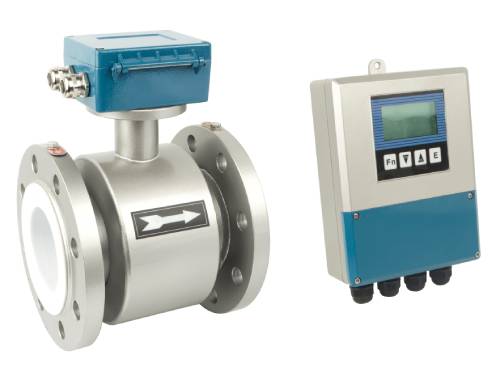
8. Power Supply Requirements
Electromagnetic flowmeters require power to operate, and the power supply should be considered based on the installation environment:
a. AC Power (220V)
Most industrial installations provide AC power, which is typically used for flowmeter operation.
b. DC Power (24V)
For installations where DC power is preferred, such as battery-powered applications or systems with low-voltage requirements, ensure that the flowmeter supports a DC 24V power supply.
c. Battery-Powered
In remote areas without stable power, battery-powered electromagnetic flowmeters may be required. These flowmeters are typically used for temporary installations or mobile applications.
Conclusion
When ordering an electromagnetic flowmeter, it’s important to carefully evaluate the application’s specific needs. Factors such as fluid properties, environmental conditions, required materials, and communication protocols all play a role in ensuring accurate, reliable, and cost-effective flow measurement. By considering these factors thoroughly, you can select a flowmeter that will provide long-lasting, accurate service in your process.
